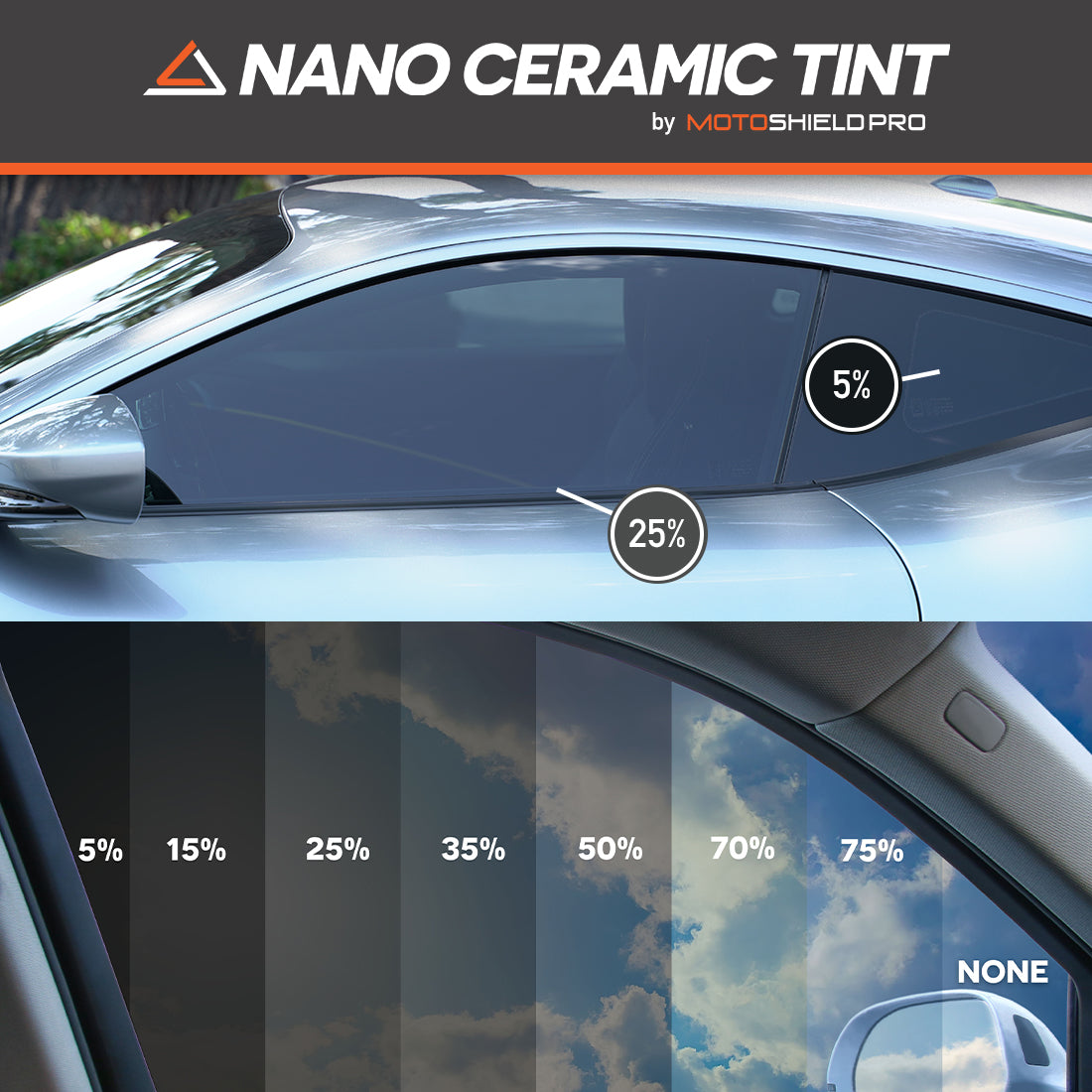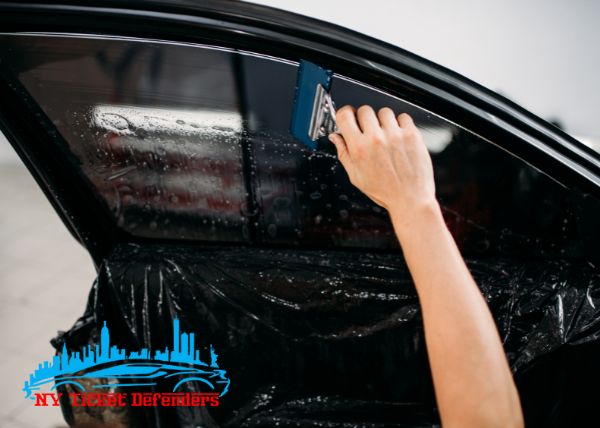Window Tinting Rules and Guidelines: What You Required to Know Prior To Tinting Your Automobile
Prior to continuing with home window tinting for your lorry, it is important to acquaint on your own with the diverse laws and guidelines that regulate this method throughout different states. These policies determine the permissible levels of color darkness, frequently determined by visible light transmission (VLT) percentages, and include details specifications for front windshields intended at making certain roadway security.
Overview of Home Window Tinting Rules
Window tinting legislations are often subject to variant throughout various jurisdictions, mirroring neighborhood laws and safety and security factors to consider. These regulations determine the permitted degrees of tint darkness and reflectiveness on car home windows, ensuring that vehicle drivers maintain adequate visibility while also securing against harmful UV rays and warm.
The majority of laws categorize home window tinting based on the Visible Light Transmission (VLT) percent, which suggests the amount of light that can travel through the home window. Typically, lower VLT portions represent darker tints. Regulations commonly distinguish between the front, side, and rear home windows, with stricter limitations related to the front windscreen to improve safety and security for both the driver and other roadway users.
Compliance with window tinting policies is essential, as offenses can result in fines, mandatory removal of the tint, and potential increases in insurance coverage costs. It is essential for car owners to familiarize themselves with neighborhood legislations before proceeding with window tinting installations.
State-by-State Tint Rules
Recognizing the certain home window tinting guidelines in each state is crucial for car owners seeking to adhere to the legislation. Each state in the united state has developed its very own collection of policies governing home window tinting, which can vary significantly. These guidelines often dictate the allowable levels of color darkness, the kinds of windows that can be tinted, and any clinical exceptions that might apply.
For instance, states like The golden state have rigorous constraints on color darkness for front home windows, while others, such as New Mexico, may allow darker colors. Furthermore, specific states mandate particular presence portions for various home windows, consisting of the windscreen, front side home windows, and rear windows. It is crucial for auto owners to acquaint themselves with their state's laws to stay clear of prospective fines or charges.
Furthermore, some states may call for a qualification sticker label to be put on colored windows, showing compliance with state legislations. Failure to stick to these regulations not just runs the risk of legal consequences but can additionally affect safety and security and presence while driving. Consequently, car proprietors ought to perform detailed research study or speak with neighborhood authorities to guarantee full understanding and compliance with state-by-state tint guidelines.
Allowed Tint Types and degrees
Numerous lorry proprietors may be surprised to discover that allowed tint degrees and kinds vary commonly throughout various states. Each state has actually established its very own regulations relating to the allowable darkness and reflectivity of home window color, commonly gauged by Visible Light Transmission (VLT) percents. VLT refers to the quantity of light that can travel through the colored home windows; hence, a reduced percent indicates a darker tint.

In addition, the kinds of color materials enabled can vary, with some states prohibiting metallic or mirror-like surfaces. It is important for car owners to familiarize themselves with their state's specific legislations to ensure conformity. Non-compliance can result in fines, compulsory removal of the tint, or various other lawful effects, making it crucial to recognize these regulations prior to proceeding with setup.
Medical Exemptions for Tinting
While not all states give allocations for clinical exceptions concerning home window tinting, those that do recognize the need for particular individuals to enhance visibility and comfort due to clinical conditions. Various clinical conditions, such as lupus, skin cancer cells, and particular eye conditions, can make individuals particularly sensitive to sunshine. Subsequently, these people might require darker colors to protect themselves from damaging UV rays and glow.

It is essential to keep in mind that even with a clinical exception, there might still be constraints on the degree of color enabled. Compliance with state laws ensures that people are both secured and within legal limits. Those taking into consideration medical exemptions must call their local Department of Electric motor Automobiles or equal authority to comprehend the requirements and procedures essential to request an exception successfully.
Penalties for Non-Compliance
Falling short to adhere to home window tinting laws can bring about significant charges, which differ by state. Law enforcement companies are empowered to issue citations for cars that do not abide by the defined tinting regulations. These charges normally consist of penalties, which can range from small total up to numerous hundred dollars, relying on the extent of the infraction and the state concerned.
In some territories, duplicated offenses may cause intensifying penalties or additional fines, such as necessary court appearances. In addition, non-compliance may necessitate the removal of prohibited tinting, often at the proprietor's cost. In severe cases, regular wrongdoers may face suspension of their lorry enrollment till conformity is accomplished.
In addition, insurance coverage ramifications may develop from receiving several citations for window tint offenses. Insurers may view such infractions as an indicator of riskier actions, possibly leading to raised premiums or problem in insurance coverage.
To prevent these charges, it is important for car owners to acquaint themselves with their local window tinting laws and guarantee that their car complies (Window Tinting). This proactive method not only avoids lawful ramifications however likewise advertises road safety
Conclusion

The majority of laws classify home window tinting based on the Visible Light Transmission (VLT) percentage, which indicates the quantity of light that can pass through the window. Conformity with home window tinting regulations is critical, as offenses can result in fines, necessary elimination of the color, and potential rises in insurance policy premiums.Comprehending the certain home window tinting policies in each state is important for automobile owners looking for to comply with the law. These policies commonly dictate the permitted levels of tint darkness, the kinds of windows that can be tinted, and any kind of medical exceptions read review that might apply.
For circumstances, states like The golden state have rigid restrictions on tint darkness for front home windows, while others, such as New Mexico, may permit darker tints.